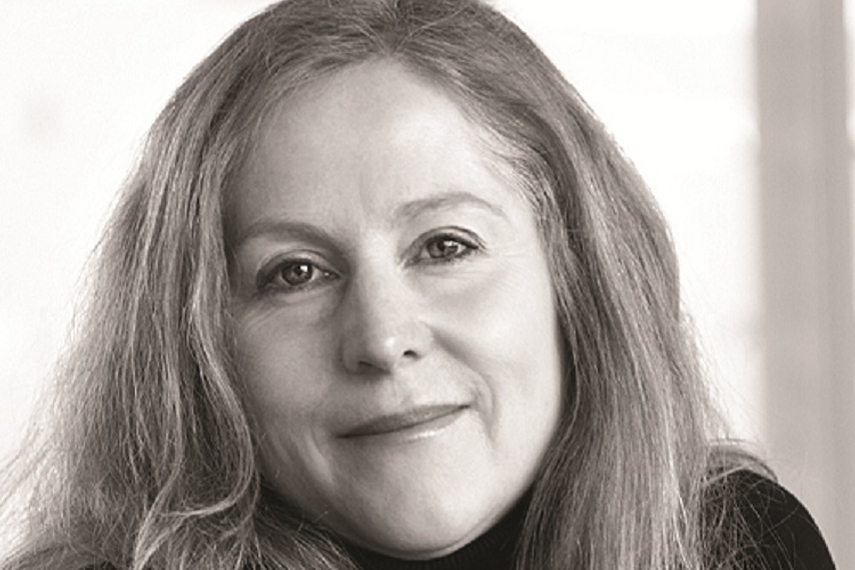About 91 percent of retail bank CEOs believe that customer-centricity is essential for business
growth, but only 29 percent of Indian consumers rate their bank as truly customer centric. It's this glaring mismatch between expectations and performance that Susanne O'Gorman, global customer experience domain lead for Kantar and Soumya Mohanty, chief client officer, insights division, Kantar India discuss in detail during a lively chat with Campaign India.
What are the top trends in the customer experience (CX) space globally?
Susanne: One of the key aspects that we are seeing in the age of experience is that CX is a differentiating factor. It’s not just about products and services but about how you make people feel as a brand. This whole notion around experience has put customer centricity very much into the focus of CMOs today. CMOs believe that customer centricity drives business growth. At the same time, when we ask customers we see a huge discrepancy between the ambition and the reality.
In India, only 29 percent of banking customers are saying that the bank is customer centric and the trend goes down to as little as 9 percent in some countries.
One of the reasons for this is the fact that many companies continue to operate in silos and are not looking at the customer journey in a holistic way. Thus, they are not able to deliver to what the brand promise is and what the brand stands for.
What are the other issues?
In some cases, we see that brands are struggling to create a lasting sustainable emotion in the customer interaction. This is again a key differentiating factor. To stand out in a crowded and competitive environment, it’s not just important to provide a satisfying experience, but one that’s truly delightful for the customer is making a huge difference.
Soumya: One of the broader trends that we are seeing is that consumers are no longer benchmarking within a category, or a sector, but looking at experience across the board. You cannot really pigeon-hole experience anymore.
Customers are also talking about making the CX journey seamless (from offline to online). We see this across sectors from FMCG to banking.
One of the points that is highlighted in your report is that the lack of measurement is proving to be an impediment in the progress of CX. What are the solutions?
Susanne: The proof of ROI is depending on a number of factors. In many organisations, the IT data is not in place to link CRM data to financial KPIs and so on. We recommend putting technology in place to close the loop so that they are tying in the voice of the customer with financial data, operational information and so on. This helps in understanding which customer interactions are paying off, where companies are wasting money, and so on.
In the journey of CX companies have been accused of overinvesting on technology, but taking their attention away from creativity. Your comments.
Susanne: It’s a really interesting topic. Technology is essential to bring the voice of the customer into the organisation. But one should not stop there. The great brands of this world also utilise customer feedback for action. There are teams that are organised around understanding if they can not only improve the service, but also where can they redesign the services. The need to bring creativity and actionability in addition to the technology is very important.
The need is to surprise the customer. If customers feel appreciated, there is almost a three time lift in their ratings.
There is no differentiation across categories as companies procure tech from the same vendors and end up using the same apps.
Soumya: There is a need to rethink the customer journey and use the technology around that. In the banking industry, there are examples of fintech companies like the German financial services company, N26, that essentially makes banking pleasurable. It seems inspired by Spotify and Google Maps in the way they have developed the app, in the way you navigate it. Then, they have developed an ecosystem of partnerships to deliver those services much more seamlessly. The food aggregators in India are trying something similar.
Susanne: Another differentiator is the human experience. First Direct, a bank, launched 30 years ago in the UK launched with no branches. That was a tough decision 30 years back. But it also points to a fact that if you are courageous and focus on your key strengths, you can be very successful. What they also did very differently is when they were hiring telephone agents, they did not hire people with experience in call centres. They hired people with a social background like caretakers or kindergarten teachers, because they noticed that it’s more important to get across the empathy. You can learn the financial information, but the way they connected with customers was a key differentiating factor for them.
Brands need clarity in what they stand for and what experience that they want to stand for. They should then bring the voice of the customer into the organisation, to ensure that the employees have access to the relevant customer feedback at the time they need it, and then organise employees into cross functional groups that can work together in creating the best CX. All CX programmes must have the backing of CEOs and that is absolutely crucial.



